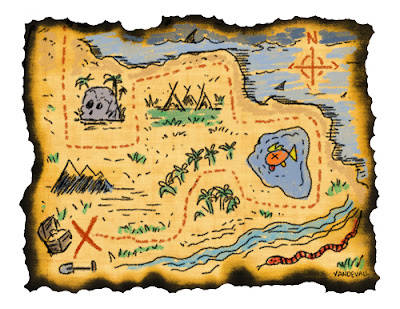White Lightsabers in Star Wars: Legacy
Please note that the following is entirely fan speculation on my part. You can disagree or agree as you like. It's just a neat idea I came up with given the new canon established for lightsaber colors in the Star Wars Universe. Now, note also that I'm sticking with the canon as established, but still tying the Star Wars: Legacy comics by Dark Horse into the mythology, as they take place over 100 years after the current films, and 135 years after Return of the Jedi. In the end, what I'm saying is, I don't care about orange and rainbow lightsabers from the old Expanded Universe, and how whether you were a Jedi Guardian meant green. I'm exploring the idea of the white lightsabers that first debuted with the Imperial Knights in Star Wars: Legacy and how they might have come to be, based on how Ahsoka got hers in the canon novel Ahsoka. Also note that all images here are linked directly from Wookieepedia. I don't own them. Now that I've got all that ramb


